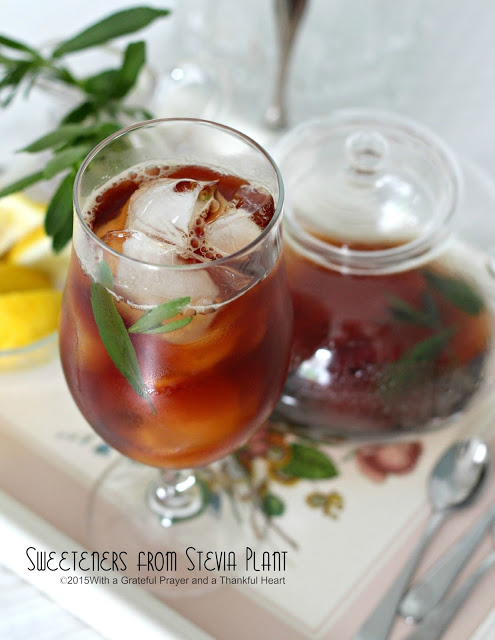
Experimenting with stevia as an alternative sweetener
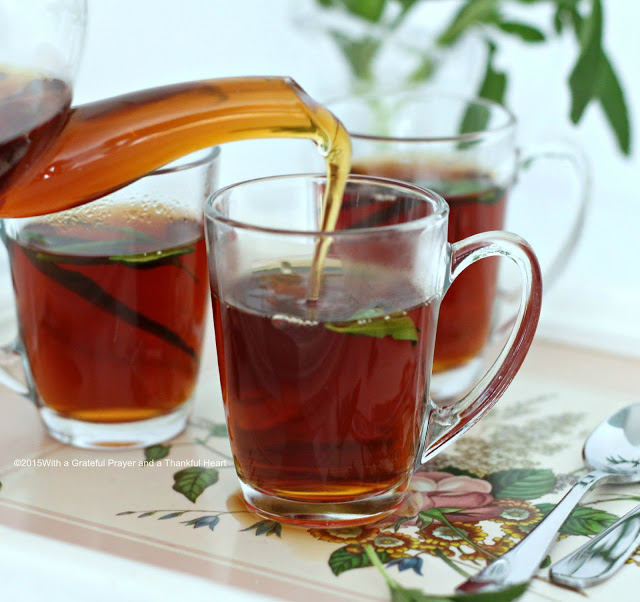
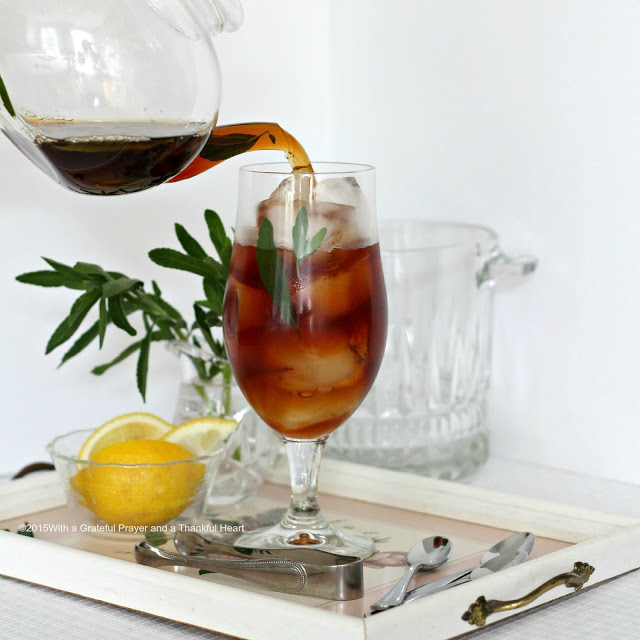
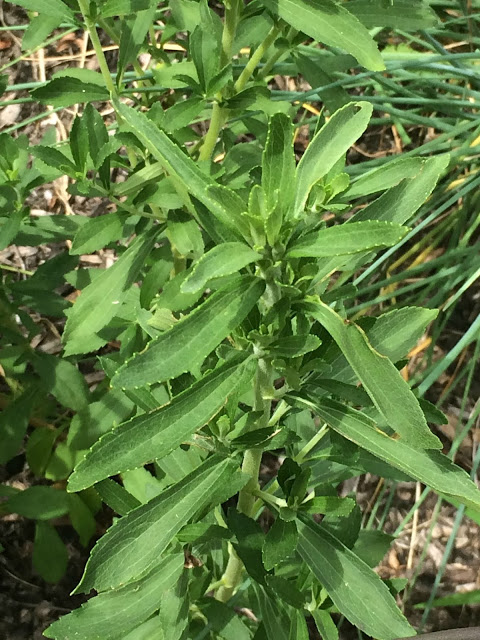
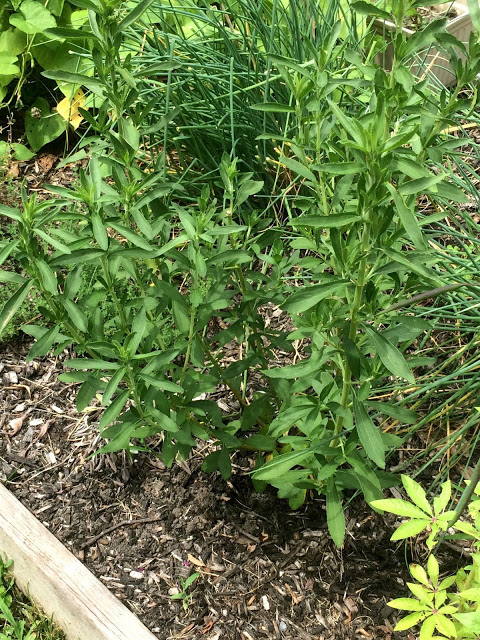
Growing stevia is easy in well-drained beds or large containers, and the leaves can be dried for winter use like any other herb. Stevia grows best in warm conditions similar to those preferred by basil. Plants grown in warm climates will grow to 24 inches tall and wide. Where summers are cool, expect stevia plants to grow up to 16 inches. Grow three to five plants for a year’s supply of dried stevia leaves. source: Mother Earth News
Making dried stevia powder
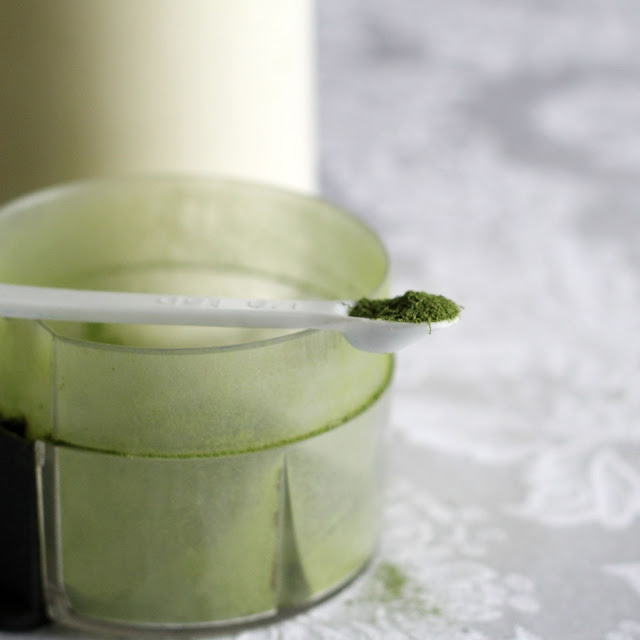
I read powdered stevia works best when combined with other ingredients such as those used when baking.
Stevia liquid extract

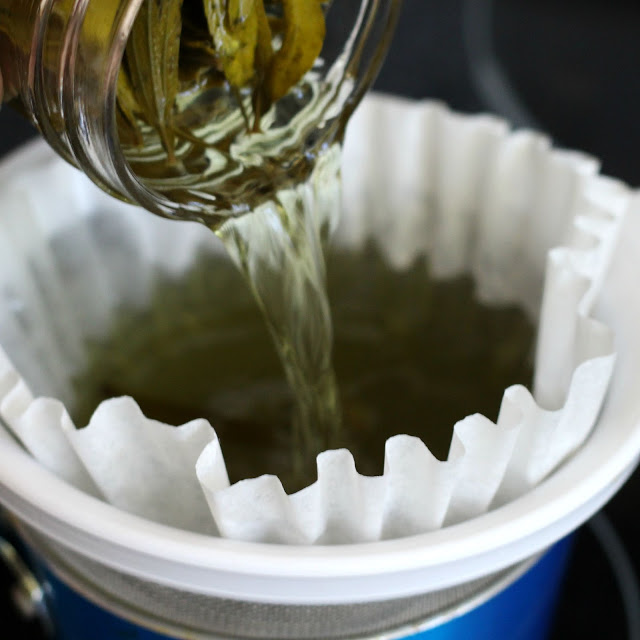
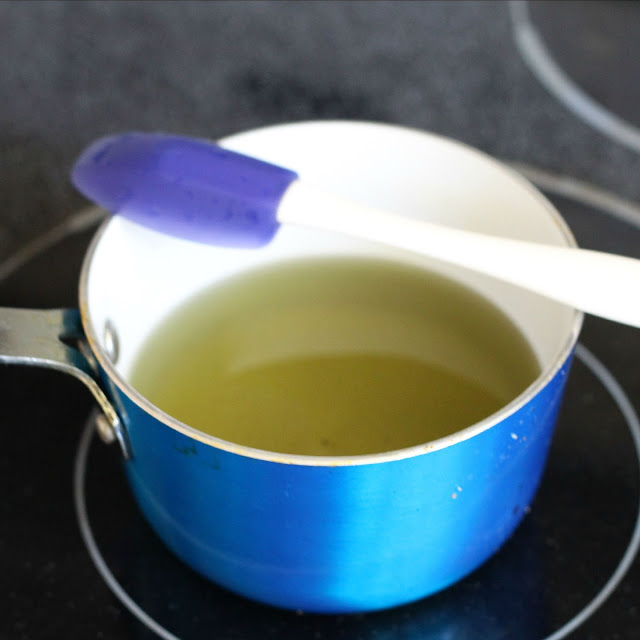
The bottle on the right was cooked for a shorter period of time and is lighter in color and less sweet.
I cooked the remaining liquid in the pot longer to produce a more concentrated and darker colored extract.
Learning from this stevia experiment
Experimenting with Stevia
Homemade Liquid Stevia Extract
- Fresh stevia leaves, removed from stems, washed and clean of dirt and insects
- Vodka
- glass jar with lid
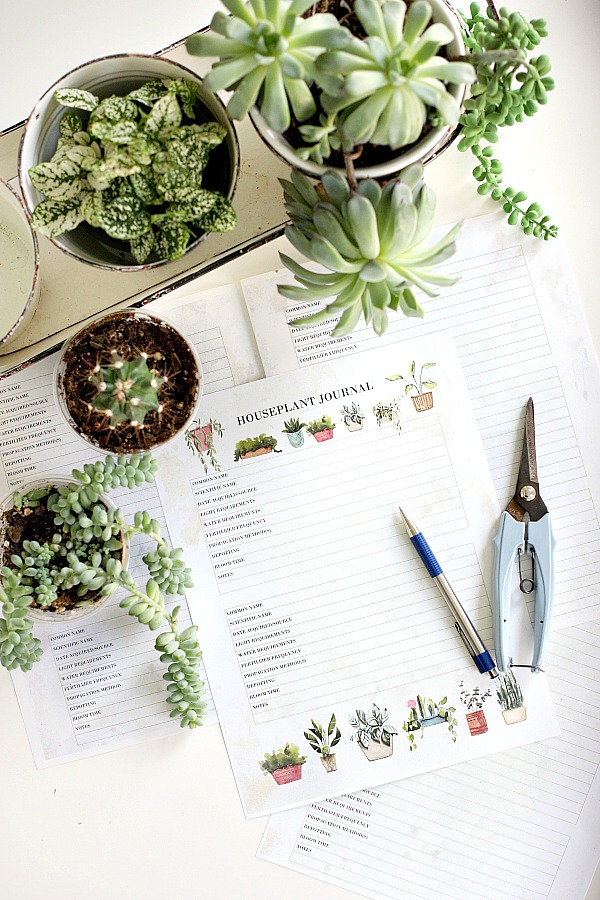
 Our Newsletter is published once every three weeks. Each issue is timely and helpful, jam-packed with food, crafts, occasional DIY, gardening and faith resources. Relevant and seasonal posts to inspire and guide you with current trends. Available only to those who request it, so please accept our invitation to stay connected and join the Grateful Prayer Thankful Heart community. Just click the subscribe button below.
Our Newsletter is published once every three weeks. Each issue is timely and helpful, jam-packed with food, crafts, occasional DIY, gardening and faith resources. Relevant and seasonal posts to inspire and guide you with current trends. Available only to those who request it, so please accept our invitation to stay connected and join the Grateful Prayer Thankful Heart community. Just click the subscribe button below.
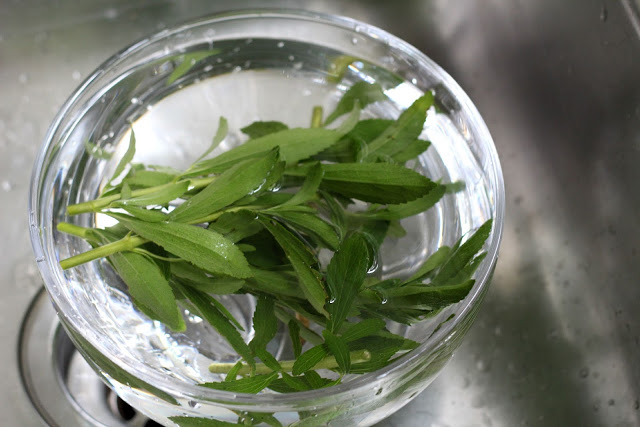
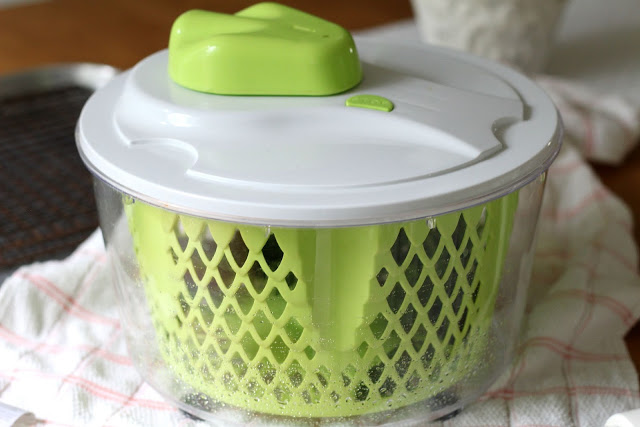
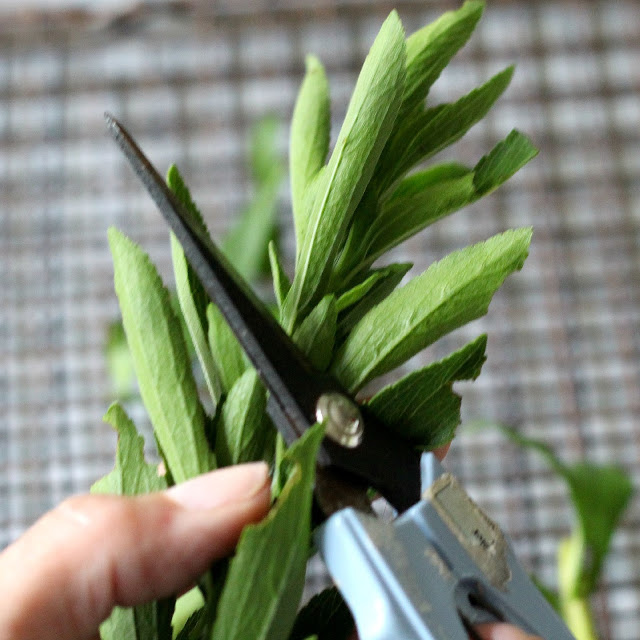
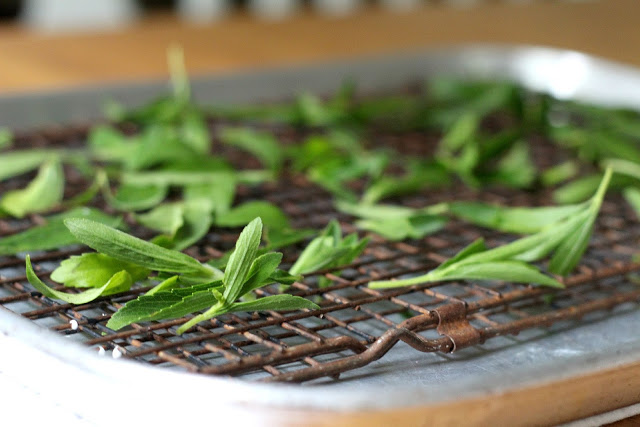
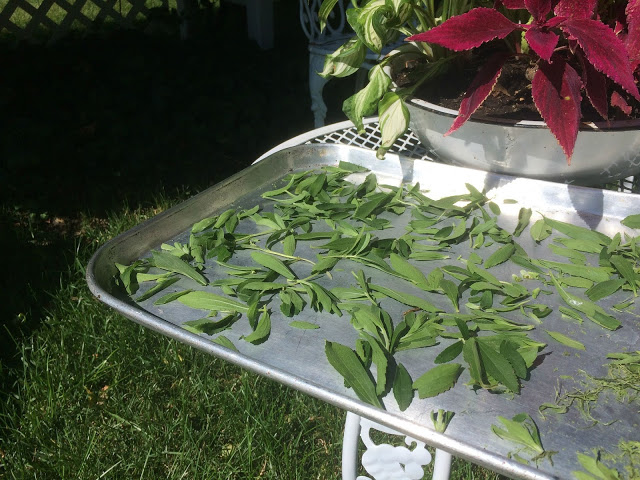
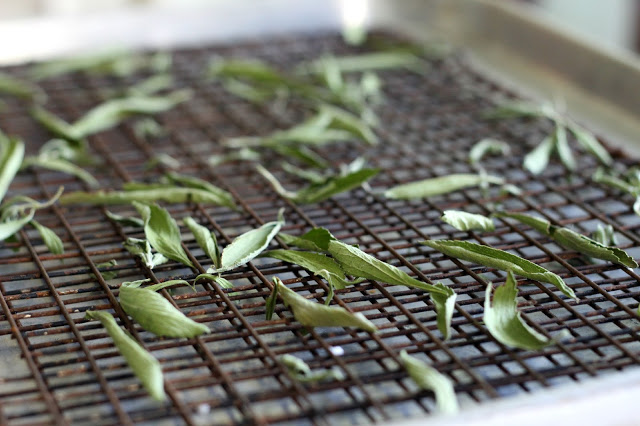
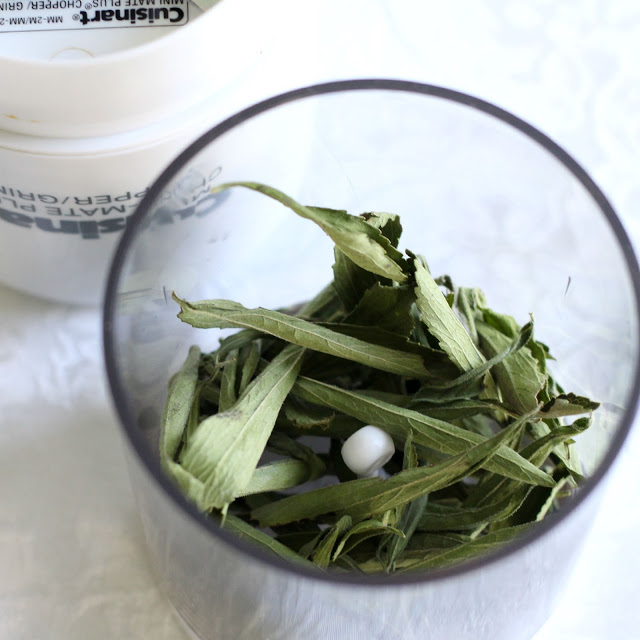
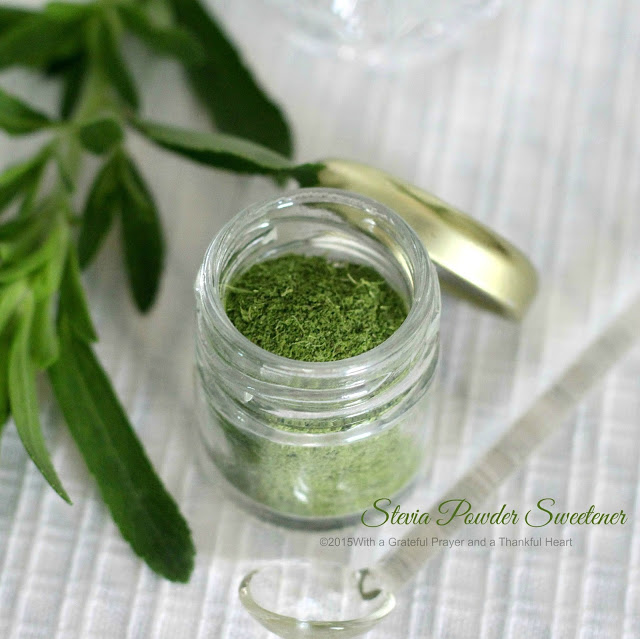
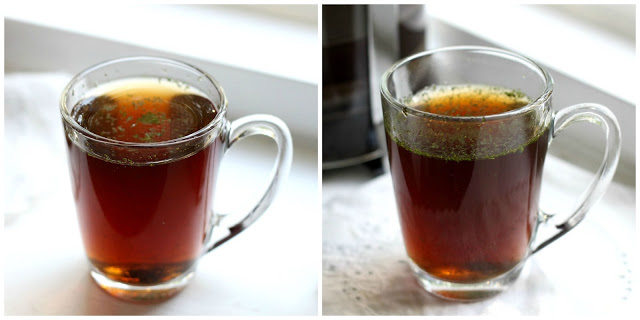
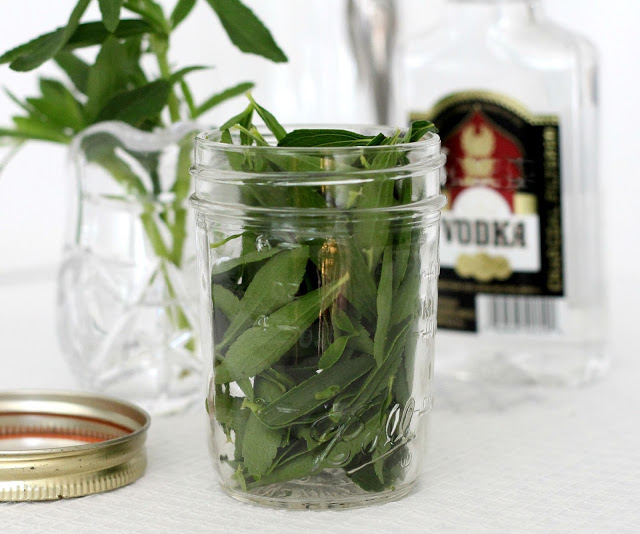
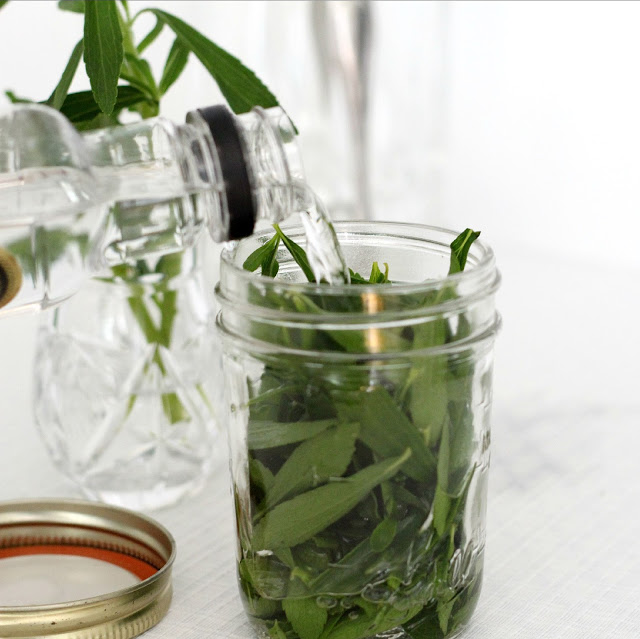
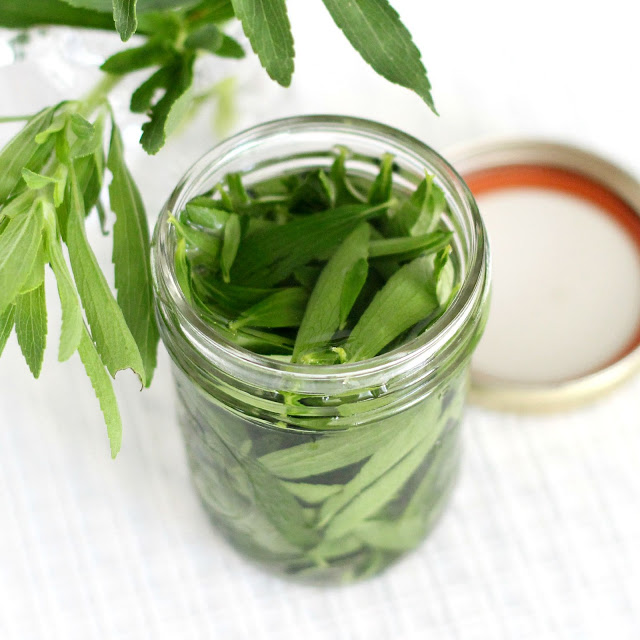
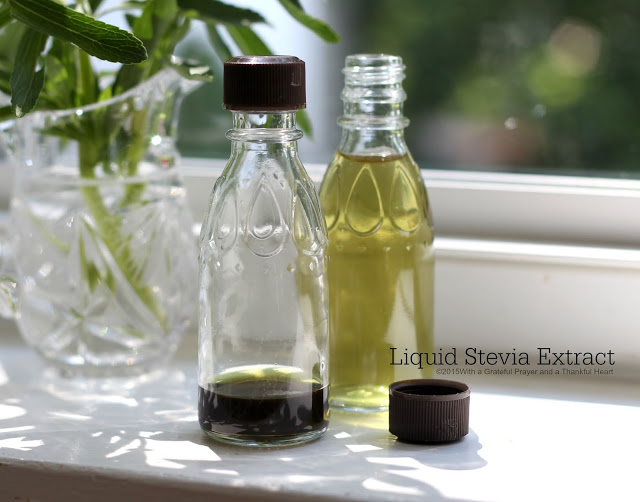
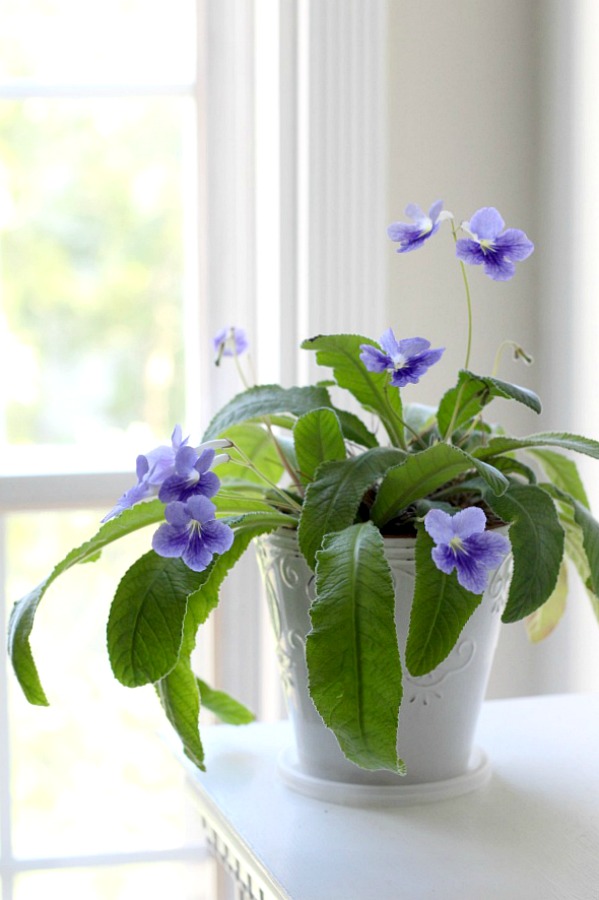
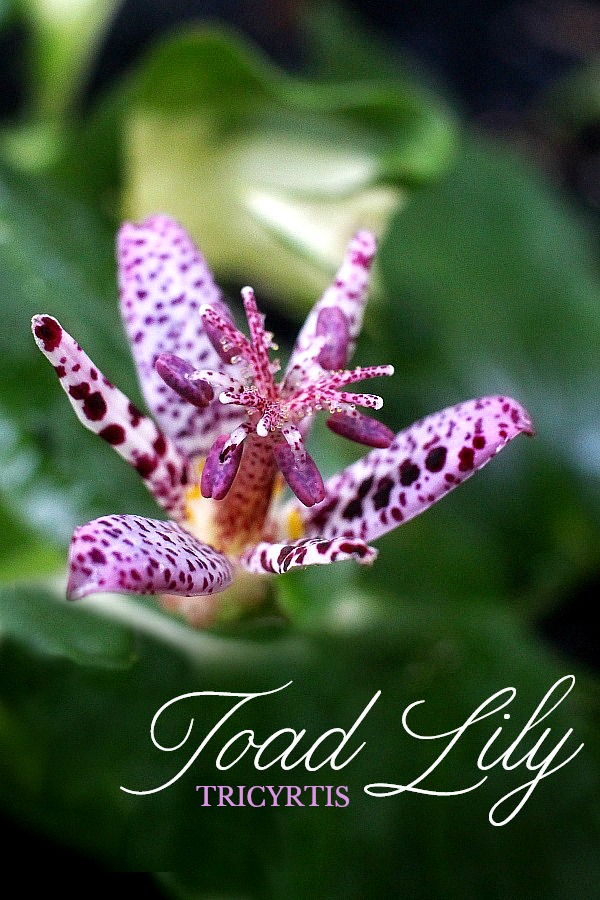

Thanks for posting!!! Really the tips are boon for me. As I am a diabetic patient, my doctor advised me not to take sugar unless it’s harmful to me. Dally takes two cup coffee and tea, it's my hobby. But without sugar, it’s tasteless. Now I am using sugar free Iced Tea from Stevia My Store, which make me happy healthy life with tasty coffee.
Such an interesting post. Thank you for sharing your experiences with stevia.
I bought a Stevia plant, but as is the case with most of my new plants this year, it isn't doing well.
Now that I've read your post I'm not feeling quite so disappointed about not being able to try making the sweetener…thanks for doing all the work for me!! 🙂
Always love your pretty photos!
I bought some herbal tea the other day, made a cup and thought it tasted "odd". I checked the ingredients and it had stevia in it, so I'm thinking I'm just generally not fond of the taste. I had no idea what it actually was tho so thanks for this post! I don't have much of a sweet tooth so I think this tea may have to go bye bye:)
In reply to Ann Thompson – the powdered Stevia products you buy DO easily dissolve – even in Iced Tea or Iced Coffee!
The ground leaves will not dissolve…big difference. The same would happen if I grind up Thyme (or other herb) – it will NOT totally dissolve.
I read this with great interest – since I did not realize you could grow so easily. The problem of extracting the sweetener, however, seems to be beyond reason for home use.
I've been using Pure Via as a sweetener for a couple of years – and for me it works well in coffee and tea (and have used over strawberries, etc as you would with sugar. I have tried probably every brand out there and Pure Via, for us, was the best. Some of the other brands left a definite bitter aftertaste which was totally not acceptable!
This is a far better alternative than some of the artificial sweeteners, some of which (aspartame, for instance) are actually quite toxic. (which I learned after doing quite a bit of research on the topic). I discovered, quite by accident, that one of the sweeteners was the cause of my frequent severe headaches…which totally disappeared when I started using Pure Via. For easy shopping (not all stores carry it) we order in bulk from Amazon – have to worry about stocking as often and we always have it with us. I always have a small plastic bag in my purse with my Pure Via – so I don't have to worry about it when I'm out.
Thanks so much for this post….it was most helpful….and I'll know enough not to bother trying…though, since I LOVE playing with herbs, maybe I'll try to find a plant or two.
Best of luck to you. And thanks again!
I was just reading earlier about making your own stevia sweetener. I use the stevia packets you buy and like it but have read that the process they use makes it just as bad for you as other artificial sweeteners.
Interesting experiment. The article I read didn't mention that the powder wouldn't dissolve
So sorry it didn't work out after all of your efforts. Non-the-less I enjoyed following your experiments. Smiling . . .
I admire your determination to try all the different methods. I am drinking tea sweetened with stevia as I read blogs and the after taste is remarkable, so that must mean why it says it gets sweeter after you drink. I am trying to get used to this, and almost am, but nothing in my opinion sweetens my coffee as nicely as the "yellow" packets do!
I use Stevia as my sweetener….but buy it in powdered or liquid. I surely don't have your patience. 🙂
Great alternative, however I do not have the patience to do that. Kudos.
That is really interesting. I am not supposed to have sugar so it was good to see how your experiments worked out 🙂
That is really interesting. I am not supposed to have sugar so it was good to see how your experiments worked out 🙂